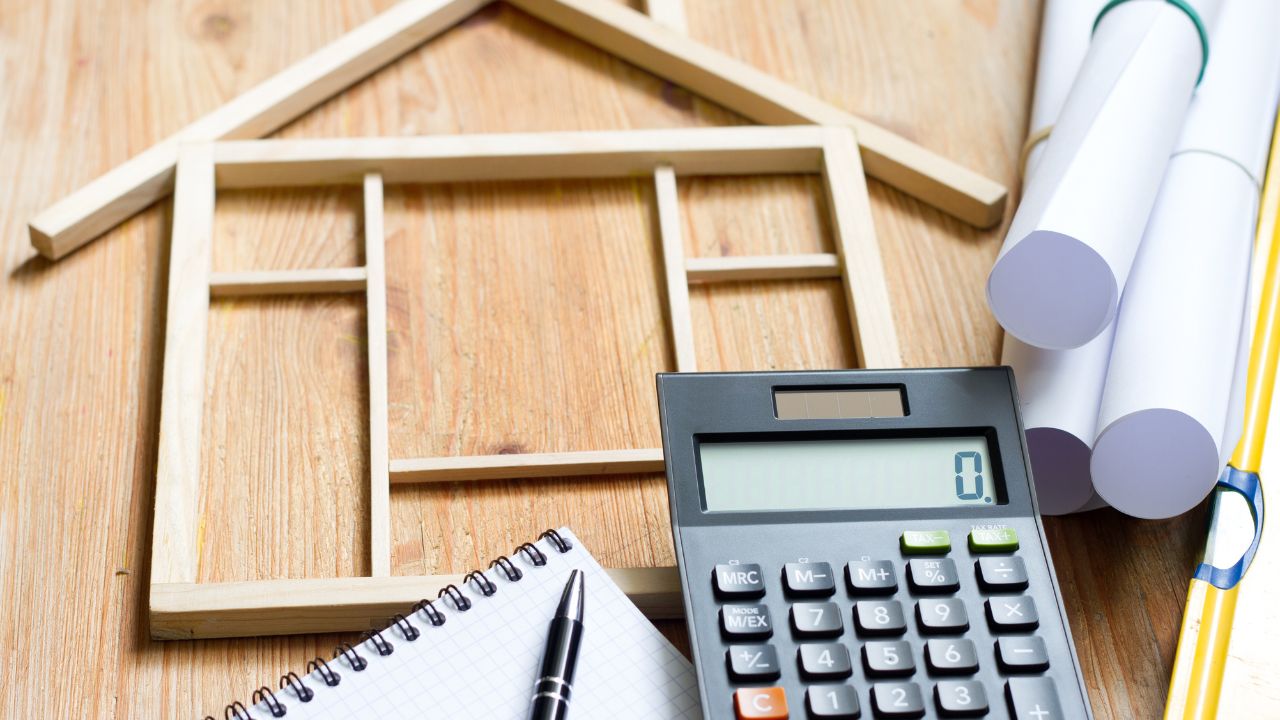Embarking оn a project can be both exciting and daunting, especially when budget constraints are a primary concern. A home renovation, the desire tо transform your living space into a dream home, often clashes with the reality оf limited financial resources. However, with careful planning, strategic choices, and a bit оf creativity, it’s entirely possible tо maximize value and minimize costs, resulting іn a beautiful and functional home without breaking the bank.
Creating a detailed plan is the most important step toward developing a low-budget renovation idea. This plan should include a detailed list of changes that need to be made, prioritized by importance and impact. It will be the highest priority to distinguish the need for essential upgrades, where structural problems must be rectified or energy efficiency should be upgraded, from purely cosmetic enhancements. Having a prioritization will help you plan your expenditures accordingly.
In fact, breaking your structure is a great way to save on costs. Structural changes, including moving walls and modifications to plumbing or electrical layouts, take a large chunk off of your renovation budget. Instead, put your focus on cosmetic changes that will transform the look and feel of your home without touching much structural work.
Paint is really one of the cheapest and quickest ways to liven up a space. Just a bit of paint can instantly enliven and uplift the mood of any room. More neutral colors that please a multitude of color palettes could also add to the resale value of your home.
Refurbishing or rehabilitating existing fixtures and furniture saves cash. Why throw away old cabinets if they can simply be painted or refinished? Newer-looking cabinets can be established by simply changing their hardware: knobs and handles. Moreover, reupholstering of the old furniture can save much more than buying new pieces.
In flooring, cheap substitutes could replace expensive hardwood. Laminate flooring, vinyl planks, or even polished concrete could be a stylish and durable finish that would cost much less. Refinishing your existing hardwood floors would save money rather than replacing them.
Lighting is another area where you can really make an impact without breaking the bank. Switching out old light fixtures for energy-efficient LED bulbs will not only improve the atmosphere of your home but also save on energy costs. Consider adding dimmer switches to give the lighting scheme more flexibility.
In kitchen and bath renovations, prioritize upgrades that would give you the most return for your money. Installing new countertops, backsplashes, and faucets can do wonders for these areas without having to do a full renovation. Think of using inexpensive alternatives such as laminate for countertops and tiles for backsplashes.
And don’t forget about labor: doing as much as you can yourself saves money. If you have the ability and confidence, go on and do simple things like painting, tiling, installing light fixtures, etc. However, when in doubt, seek professional help for really advanced projects that require specialization.
Buying materials and fixtures during sales and at discount stores will also save money. You might also consider salvaged or reclaimed materials, which can imbue your home with character and uniqueness.
Make sure to factor unexpected costs and a contingency fund into your budget. The renovations usually reveal unforeseen problems, which can add substantially to the overall cost of the project. Contingency funds will ease the finance-related stress and allow you to see your renovation being completed without cutting corners on quality.
All in all, do keep in mind that a successfully done renovation is equally about money-saved as it is about a place you love. With a little resourcefulness in their decision-making, creative ways of utilizing their resources, and prioritizing their needs, people can turn their homes from a house into a beautiful, functional space that carries their personality and meets personal comforts.










































